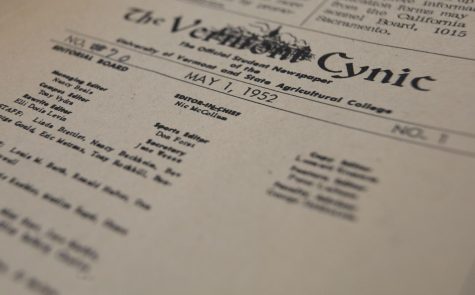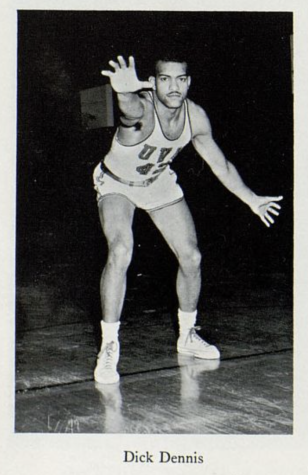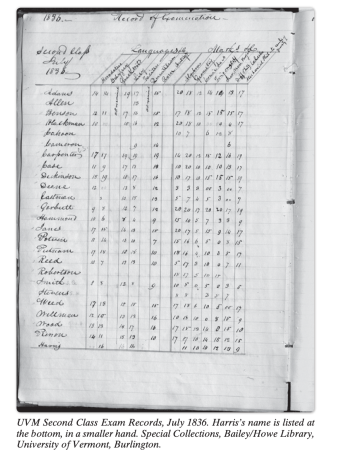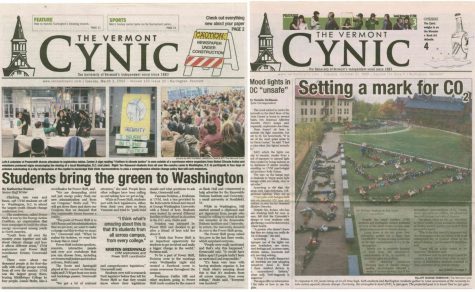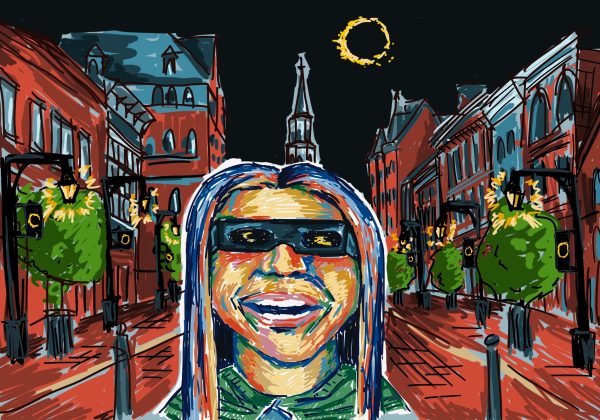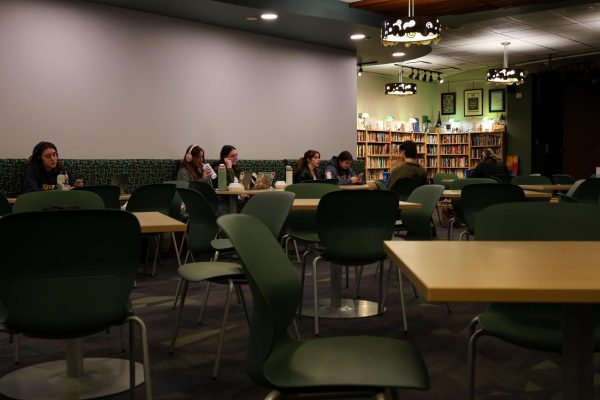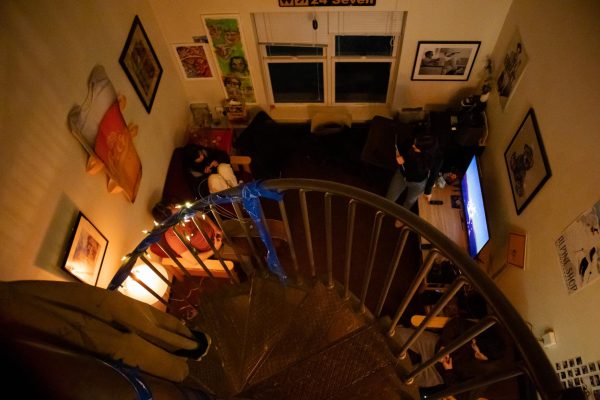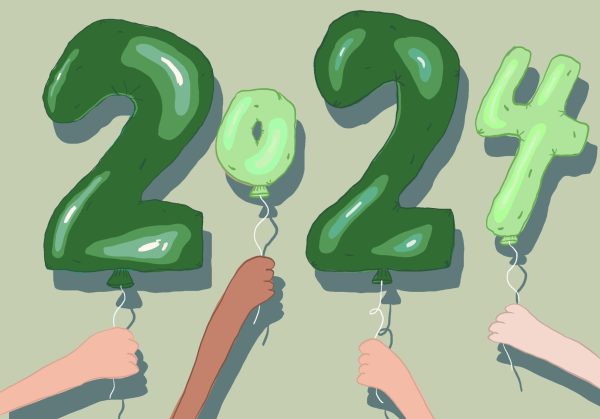What’s In Your Trash?
Last Tuesday night, the UVM Eco-Reps, with help from the ENV 1 class, set out to find out exactly what UVM students are throwing in the trash. Nine bags of trash, weighing over 100 lbs, were collected from the Redstone residence halls. The contents of the bags were sorted into different categories: food waste, paper, cardboard, recyclable glass, recyclable cans, recyclable plastic bottles, liquid waste, hazardous waste (batteries, etc), and actual trash.
All of the trash-sorters were extremely enthusiastic as they dug their hands into some raunchy garbage. So what did we find? Aside from the expected Kleenex, food containers and old pens, they found themselves rifling through a box of brand new urinal mats, an unopened box of expensive chocolates and, dare we mention, an unmentionable sex toy. To see pictures of all the action, check out www.uvm.edu/ecoreps.
The trash sort was set up in the lobby of Harris-Millis, which meant lots of passerbys (most with their noses pinched). One anonymous comment heard was: “Ewww, get that away from me…” This person’s attitude was most definitely reflected in our results this year. Many students obviously would rather get their trash away from them before considering what can be recycled and composted.
Even more shocking than sex toys, were the results of the sort. This year over half of the items found in the trash could have been recycled, and 21 percent could have been composted! Only 37 percent of the items in the trash were actually considered trash. These results show that students are doing a poor job of separating their trash, which has significant implications for our environment and our wallet.
So why should you bother to recycle or compost? Many of the Eco-Reps will tell you that our world has limited resources and the more we preserve (by recycling and by keeping our landfill waste minimal), the cleaner our earth will be. In economic terms, a college education is obviously expensive and a portion of everyone’s tuition is spent on trash removal. It costs $90/ton to send waste to the landfill, but only $20/ton to compost and $15/ton to recycle! So every ton of waste we divert from the landfill means significant savings for UVM which could mean more tuition money going toward professors, programs and other activities.
So here is my challenge to you: As socially and environmentally conscious members of this student body, let us all look at the data gathered and our own personal habits, and make a concerted effort to improve the percentage of recycling on our campus and in the future.


